結緣: The Baishatun Mazu Pilgrimage
plus historic Hsinchu, rush weaving in Yuanli, and the movement for Taiwanese rice
This is Yun Hai Taiwan Stories, a newsletter about Taiwanese food and culture by Lisa Cheng Smith 鄭衍莉, founder of Yun Hai. If you aren’t yet a subscriber, sign up here.
I just returned from a week and a half in Taiwan. I spent the first day back documenting my experiences, lest the memories whip away in the onslaught of daily duties. This is a long one. If you hit the length limit in your email client, click top right to read it on the website. Think of it as an outline of newsletters to come.
I’m working on expanding the topics this newsletter can cover. This one has nothing to sell whatsoever; if you’re interested in seeing more like this, please subscribe. Or, consider pledging to a future reader-supported version to fund coverage of diverse Taiwanese cultural topics. This will help us gauge interest; the best content will always remain free.
Before I move on to the Mazu pilgrimage, rice farming in Yilan, bulrush weaving in Yuanli, and historical Hsinchu, please don’t forget to check What’s On at Yun Hai, a running list of events and promotions. On deck: mugwort rice cake 艾草粿 in the shop for Tombsweeping Festival; a cinnamon roll and egg tart pop up with San Fransciso’s Astranda Bakery in April; a new article on dried fruit by Cathy Erway, and corporate gifting packages for AAPI Heritage Month.
Mazu’s birthday is coming up. On the 23rd day of the 3rd lunar month (May 1st this year), the sea goddess will be 1065.
She’s widely worshipped in Taiwan as a benevolent mother deity, important in all aspects of life, and in the months around her birthday, worshippers engage in temple festivities. The largest of these celebrations are the Dajia 大甲媽祖, Beigang 北港媽祖, and Baishatun 白沙屯媽祖 pilgrimages, where statues of Mazu are carried in palanquins on a journey through the region they protect. Each festival has its special customs, from the stealing of the litter on the Daxia voyage to the firecrackers of the Beigang route.
The Baishatun pilgrimage is Taiwan’s longest; worshippers accompany the Mazu of Gongtian temple on foot to her ancestral Chaotian temple in Beigang and back. It’s about a 250 mile round trip. This year over 180,000 people joined; most for a portion but many for the entire route. I had the once-in-a lifetime opportunity to join as well, invited by cultural activist Lin Hsiu-Peng 林秀芃 while visiting Yuanli 苑裡 to learn more about traditional rush weaving craft.
The Baishatun pilgrimage is unique in Taiwan because the route is not predetermined. The start and end dates are set in advance by a divination ceremony in the last month of the lunar calendar. This can vary widely in season and span; one might be journeying over 8 days in February or 12 days in May.
The exact route is charted according to the wishes of Mazu in the moment, communicated to the bearers through the resonant movements of the carriage. She’s led the palanquin troupe to ford rivers, visit grocery stores, and traverse middle schools. For this reason, the Baishatun pilgrimage is regarded as one of Taiwan’s most colorful and most challenging. In the video above, from Hsiu-Peng, you can see the palanquin passing over worshippers who kneel beneath for a blessing from Mazu.
As a testament to Taiwan’s tech prowess, Hsiu-Peng told me that a few of Mazu’s worshippers built and maintain a GPS app for anyone following along or trying to meet her on her way. Find My Baishatun Mazu.
The pilgrims, who wear an orange hat and a pink armband, are generously looked after by the townsfolk along the route. When they pass through, the towns and villages put tents out to provide shade and shelter. Local mayors and political figures get up early to welcome them. Slow moving flatbed trucks are transformed into mobile resting stations for those who cannot walk any longer; just climb up the back ladder and take a seat. Residents open their homes to anyone who needs the bathroom. And, the streets are lined with people passing out water, food, tissue packs (so Taiwan), clothing, and gifts. These acts of community sharing are a defining characteristic of Mazu pilgrimages. The experience is simultaneously deeply moving and really, really fun.
I was riding along on a scooter with Hsiu-Peng; we picked up frozen sweet potatoes, glutinous sticky rice, man tou steamed bread, fried chicken wings, nian gao rice cakes, and radish cakes, all handed to us while riding by. As the resident grabber of all offered food, I gripped the bike with my weak American legs and hoped I wouldn’t fall off the back in the process.
According to Peng, the small gifts are known as 結緣品 or jie yuan pin. She explained the words to me: 結緣 jie yuan is a Buddhist phrase that translates to something like “make a connection,” while also suggesting affinity and karma between people. It’s rooted in the word 緣 yuan, which carries connotations of causality and connectedness. It’s also related to 緣分 yuan fen, which refers to predestined relationships and the circumstances that bring people together. Finally, 品 pǐn means product or article. So, the phrase for these gifts translates to something like “thing of fateful connection” or (my words) “manifestation of karmic knot.” They’re a way of acknowledging our connections, by way of gesture and acceptance.
(Note: I have done my best to relay what was explained to me, but I’m not an expert on Buddhist language or ideas. After my conversation with Hsiu-Peng, I checked etymologies in the Taiwan’s Ministry of Education Dictionary and meanings in the Digital Dictionary of Buddhism, which I have linked to above. To access the Buddhism dictionary, use login guest and leave the password blank. If you have more information or interpretation of this language in either Buddhist or everyday contexts, please reach out or comment.)
I, too, was given a jie yuan pin. It’s a small button that says 勇 yong, which means courageous or bold. The giver is a leader in a local community group focused on reviving traditional rush weaving craft; an age old art of the women in the region. To many, this pursuit may sound meditative and intellectual and wonderful. In truth, it’s a difficult, if joyful, fight for the livelihood of their elders and their community. Yong, indeed.
There is much to say about rush weaving in Yuanli. There are many names to collect, facts to check, and techniques to understand before I can do so, but in the meantime, I want to say thank you to Hsiu-Peng, Yu-Yu, A-Hsing, An, and their mothers, sisters, and brothers for inviting me into the town and treating me like a daughter. One day soon, I will do my best to write their story.
The gift of the button represents so much of what I feel about friends and contacts in Taiwan. Without exception, they are giving, open, and willing to invite me (and you) into their lives. Our responsibility is to open our eyes wide and learn how to see. This generosity, this reaching out, this experience of learning has made a lifetime impact on me, as the words 結緣 jie yuan suggest. I hope to carry this spirit into the future.
As a way to pass on the generosity of friends, I’m taking time today to share knowledge given to me on my recent trip. When I first started going to Taiwan for Yun Hai, I was alone, interpreting everything I saw on my own. In the years that followed, I’ve been blessed with many friends who have shown me the Taiwan they know and love. Each of these topics will one day be a newsletter of their own, but for now I offer the below, to point you in their direction.
Hsinchu
Harvey Huang is a hospitality entrepreneur dedicated to communicating local culture to travelers (he's also the owner of my favorite place to stay in Taipei, Originn Space). He showed me around Hsinchu, where he’s working on a new heritage hotel with 或者 OR, a retail and hospitality group that seeks to share local history, agriculture, and culture with visitors through layered experiences. Yes, Hsinchu is the headquarters of the Taiwan Semiconductor Manufacturing Company, but it’s also a historic town older than Taipei. If you’re planning to be in Hsinchu, I’d highly recommend staying at OR Inn, located in the old town.

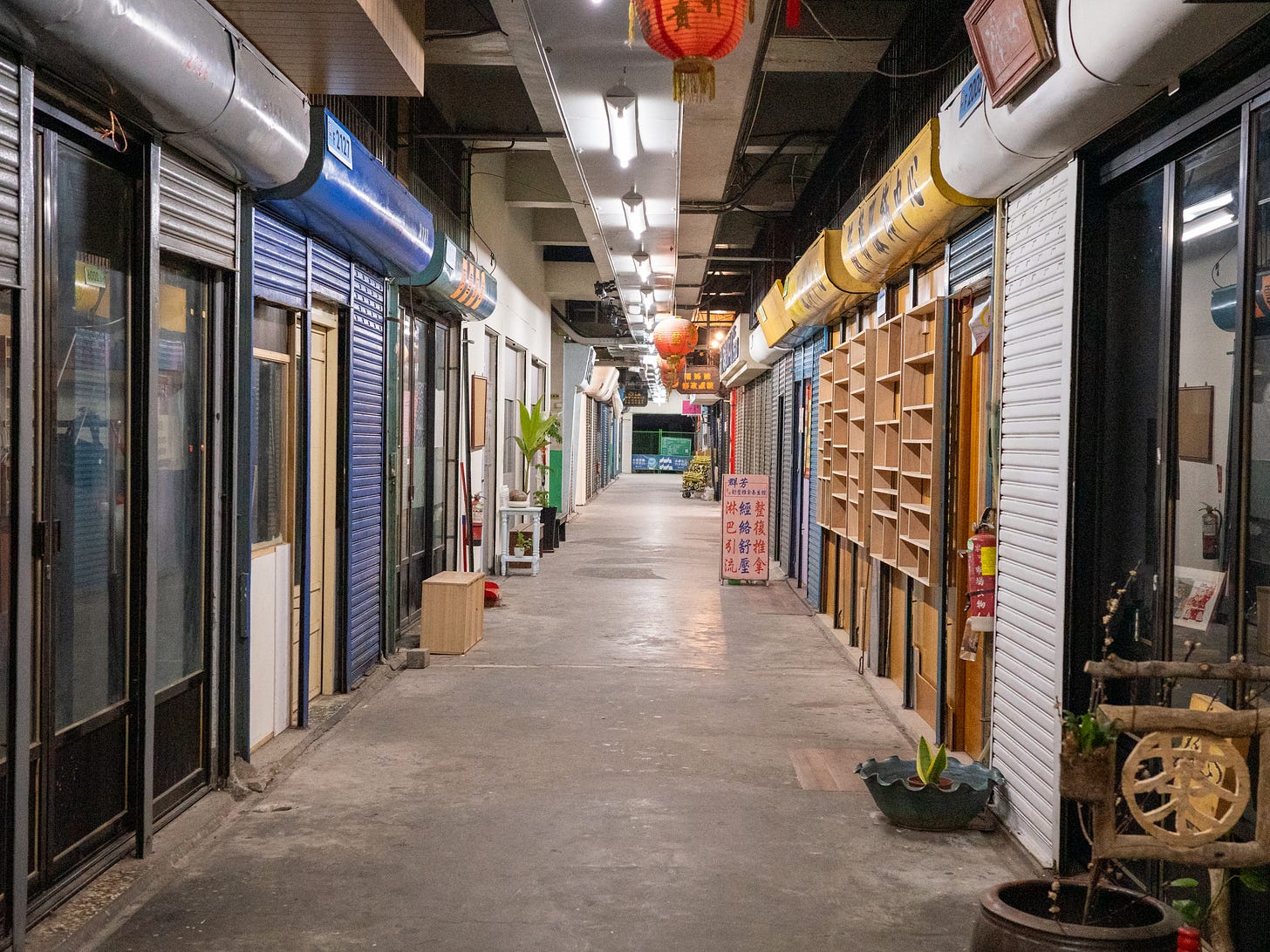

Yilan
Teng-Hui and Pei-Yi founded 雙口呂 Siang kháu Lū cultural kitchen to pass on the 糕 kueh (rice cake) cooking techniques learned from Pei-Yi’s grandmother. In recent years, rice consumption in Taiwan has declined and has been surpassed by wheat. Their mission is to build up rice culture in Taiwan through storytelling and culinary education, bringing visibility to the craft of cooking with rice and rice flour. I highly recommend taking one of their classes if you are ever in the Taoyuan area (or take a bus from Taipei).
As a result of their work within the rice-growing community, Siang kháu Lū has come to know many farmers. They’re currently working on a project that features three different farmers throughout Taiwan. Among them is Yilan-based Lai Qing Song 賴青松, a well-known rice farmer and environmentalist who founded one of the first community-supported agriculture projects in the country. Teng-Hui brought me along on a farm visit and film shoot; I was inspired by everything I learned there. This recent video by Taiwan Radio International is a window into Lai’s work—and it has subtitles.
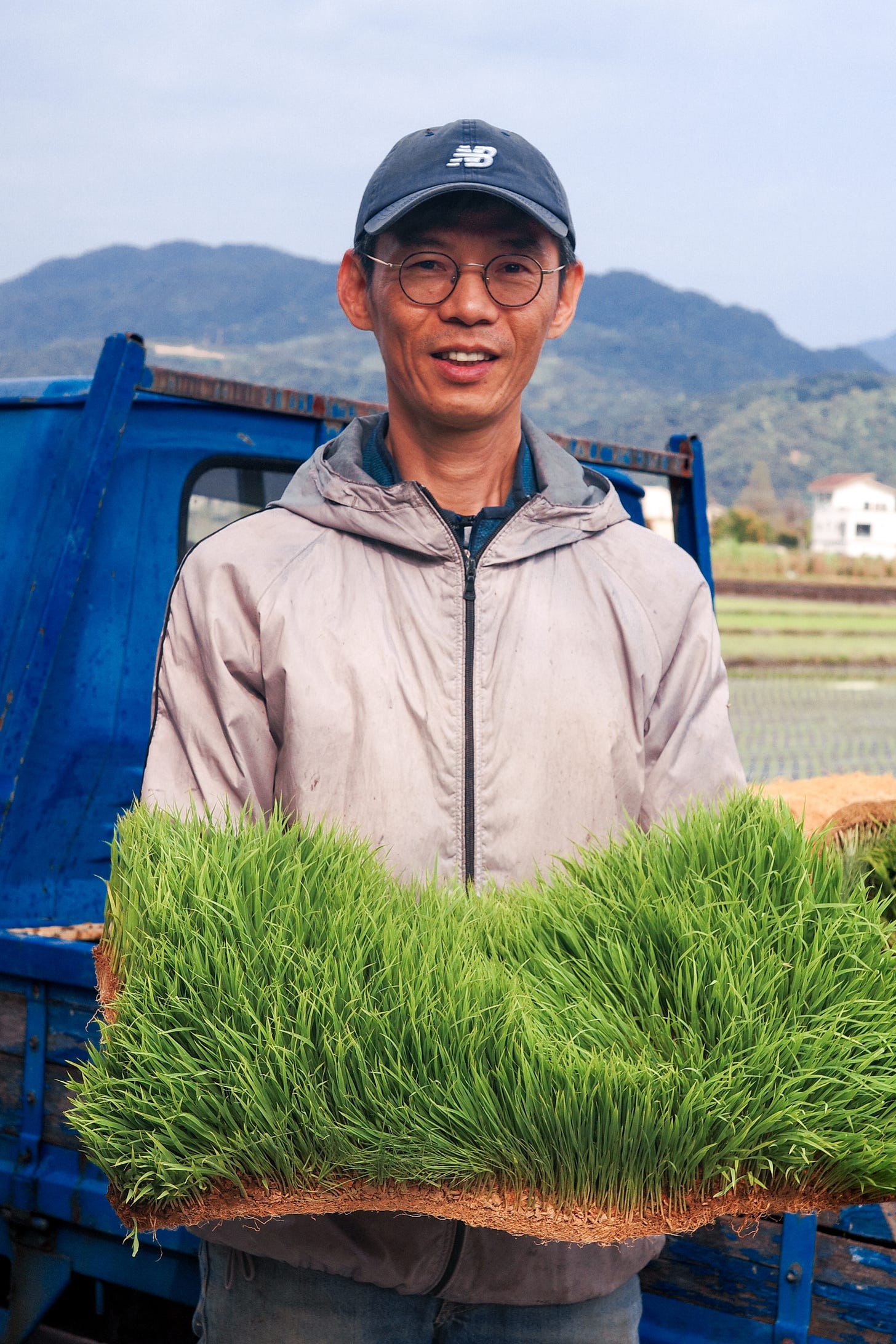
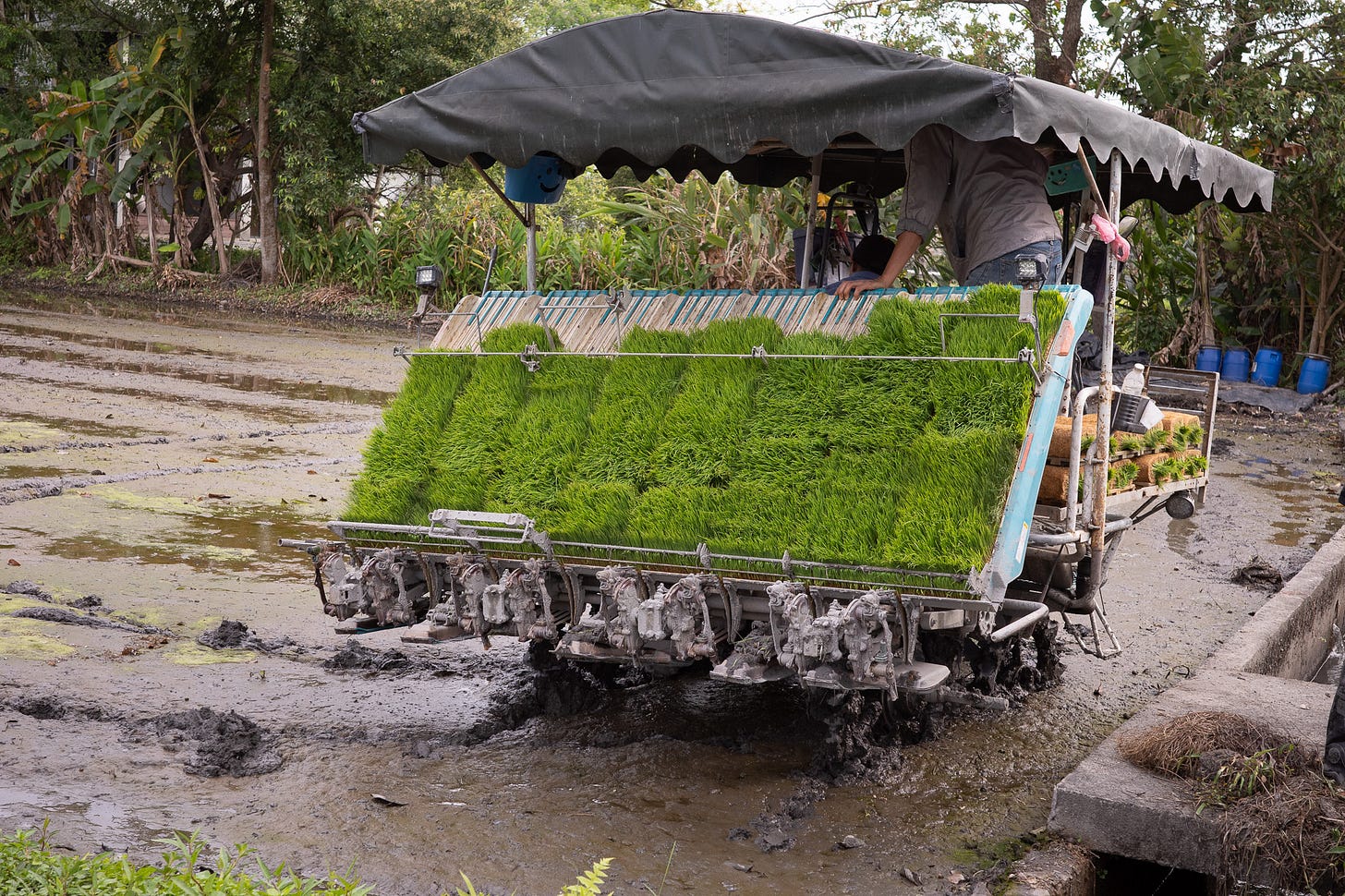
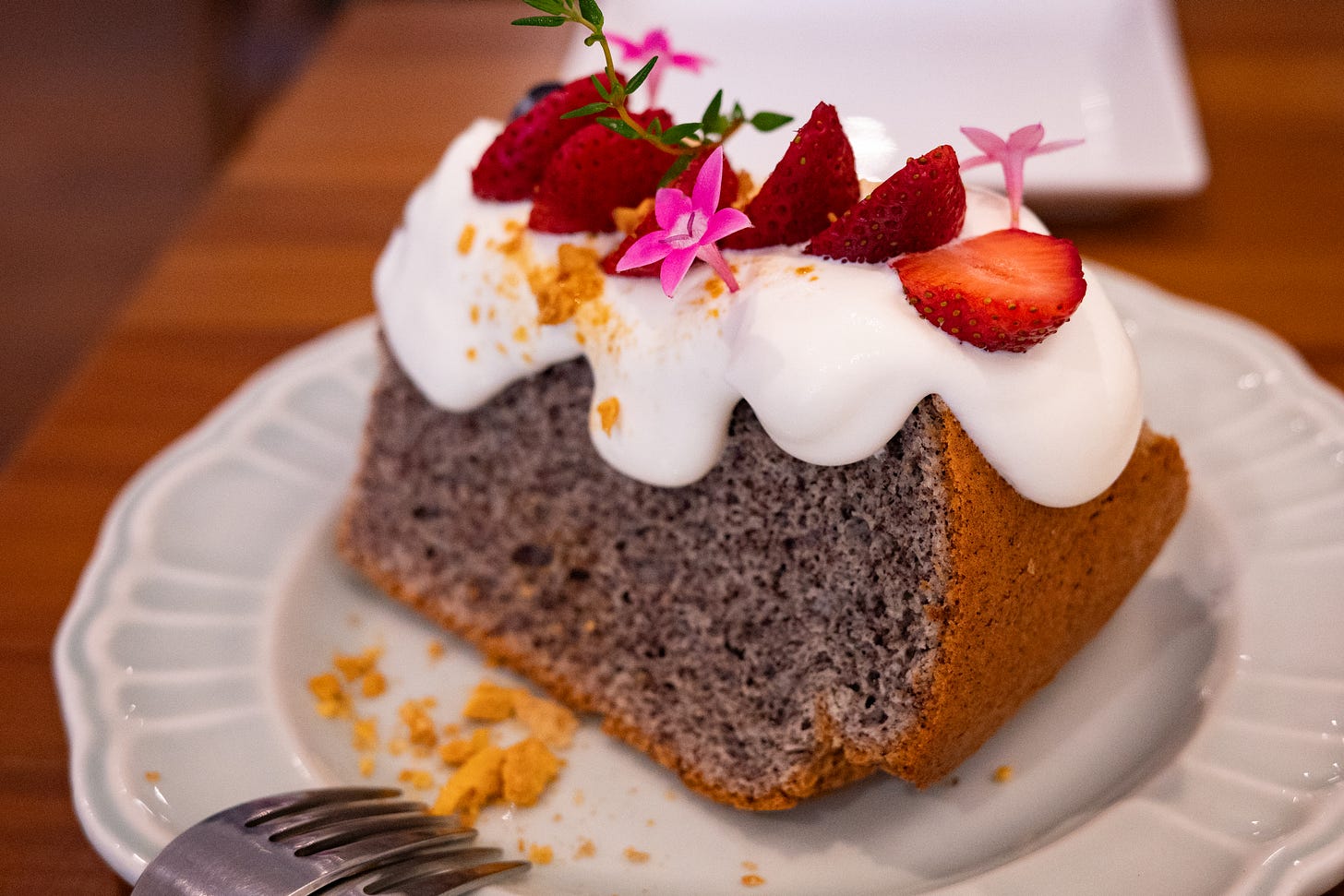
Yuanli
Right before my trip, Lillian and I were invited by the Taiwanese Economic and Cultural Office in New York to a discussion and exhibition entitled Fostering Women and Girls’ Financial Resilience, part of Taiwan’s Gender Equality Week. Several groups from Taiwan were present. Among them was Say Hi Home 掀海風, a multigenerational group of women working together as social activists to preserve Yuanli’s bulrush weaving craft. Their work seems to touch every part of the community and the economy there. One of the founders, Liu Yu-Yu 劉育育, was elected mayor in 2022, ousting the incumbent. At the event, they invited me to visit Yuanli on my trip.
My friend Ethan and I went to see them a week later, where we learned about the history of bulrush, were trained on weaving technique by elders, and witnessed the path that Yu-Yu and Hsiu-Peng are forging forward (education!). I received the warmest welcome of my life at a bulrush community center; when asked to say a few words, I shed tears of raw emotion.


Taipei and Taichung
I was able to enjoy Taipei and Taichung, too, discovering new foods, seeing old friends, meeting new people, and discovering ever more diverse expressions of Taiwanese culture. Thanks to Steve, Terris, Clarissa, George, Laurent, Chelsea, Pip, Forty, Samuel, Matt, Ray, Daniel, Li, Pei-ru, Tingli, Feng, Ivan, and Li-han for hosting me <3. A few highlights, but only just a few because I was past the email length limit at the end of the intro.
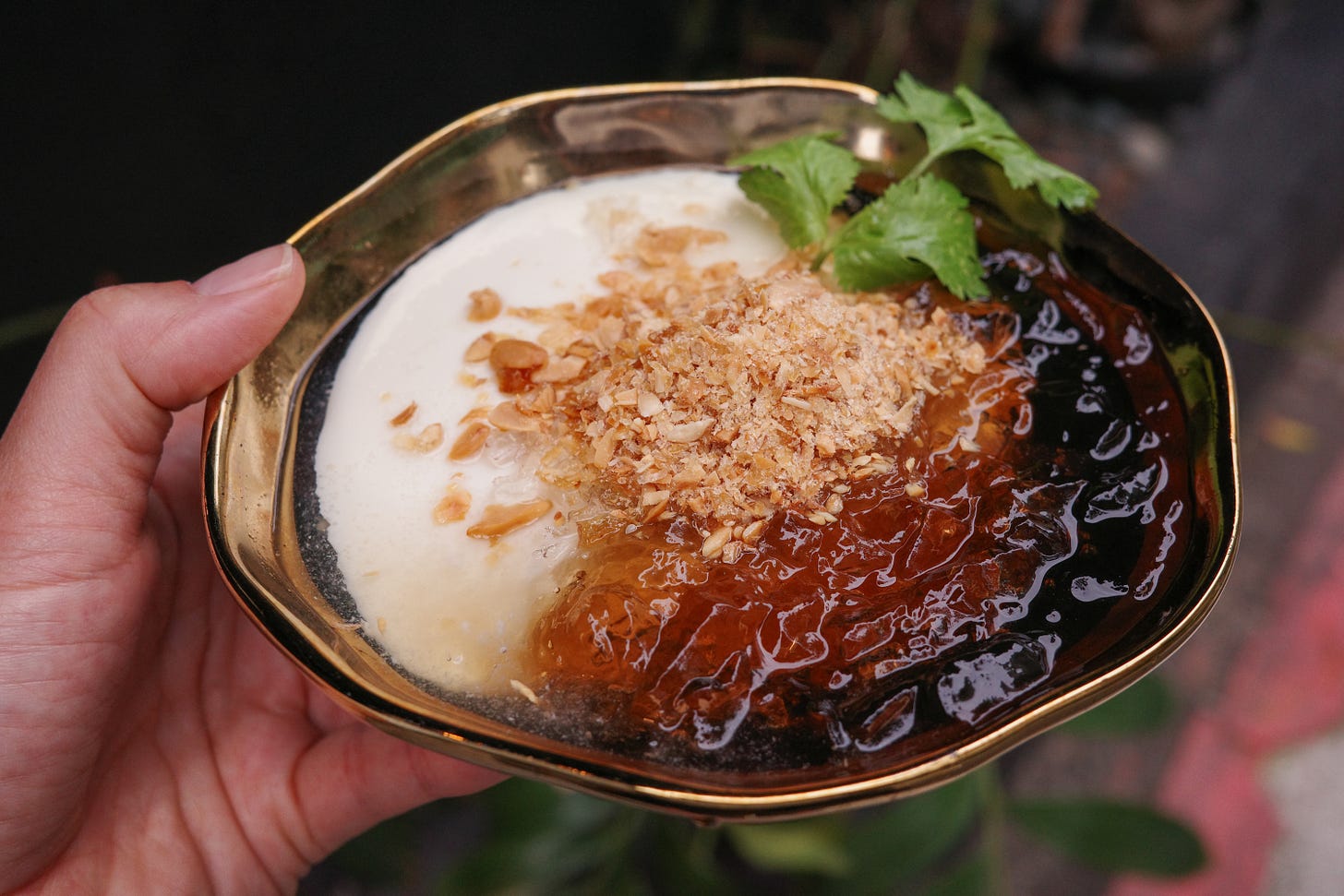
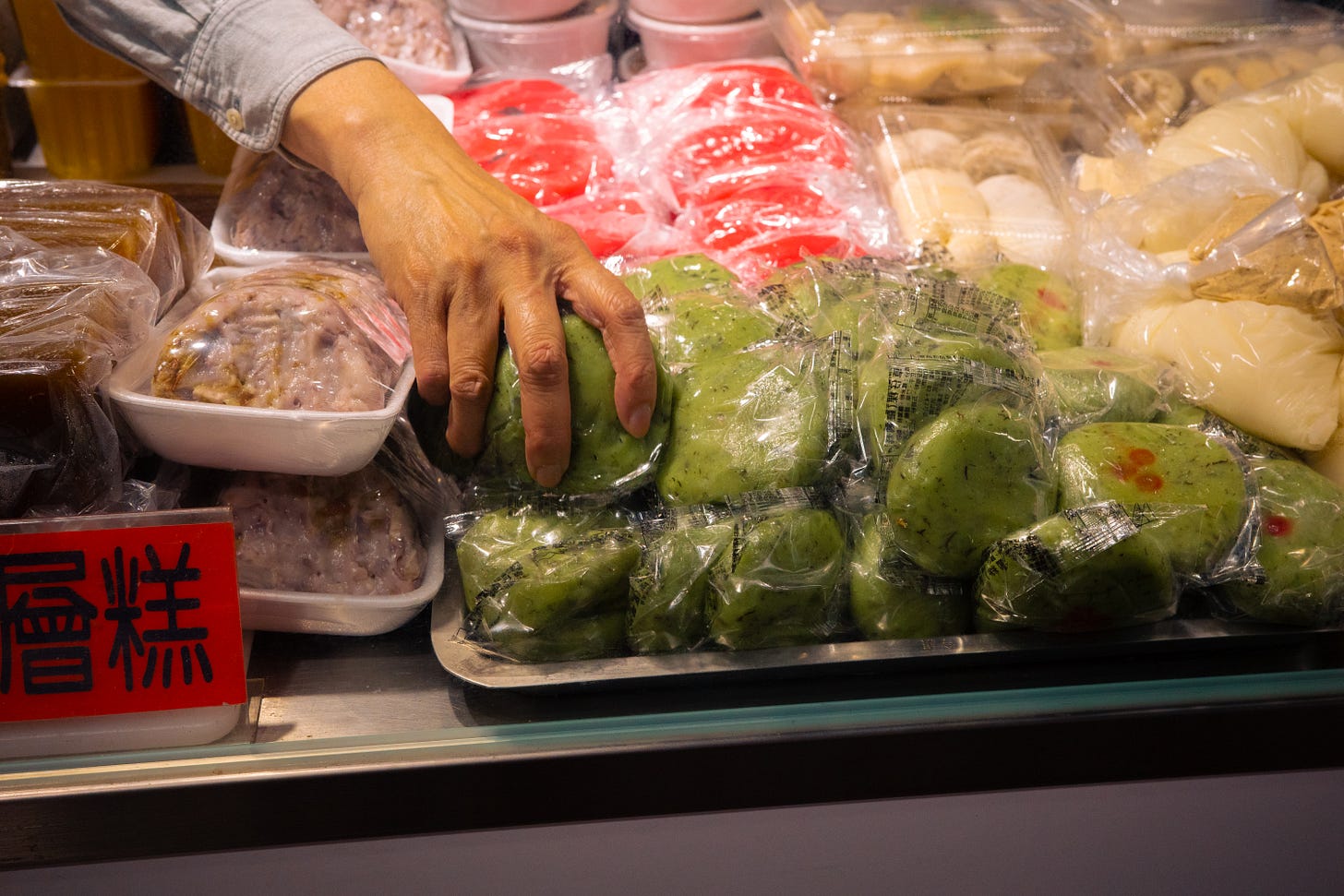
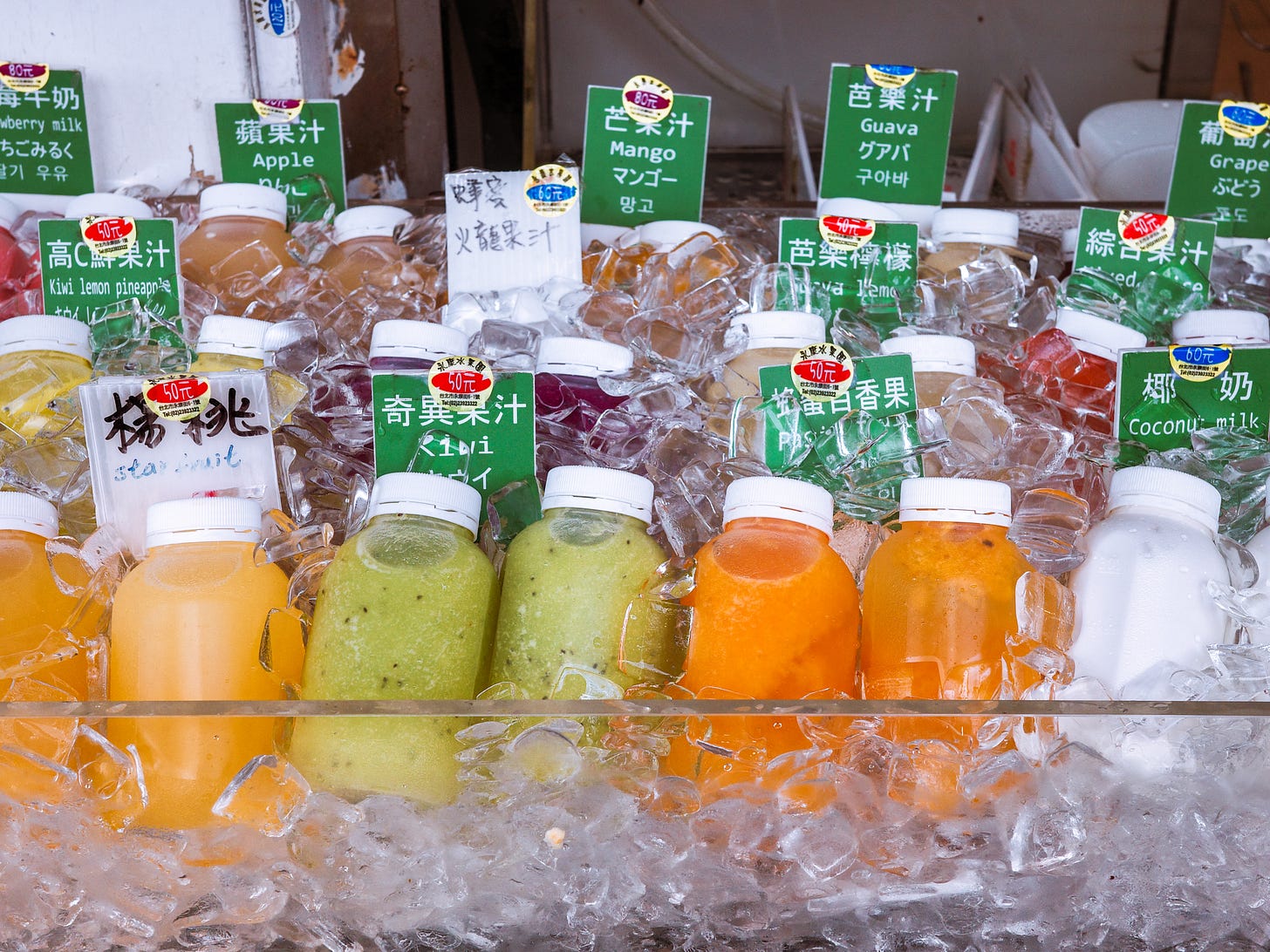
Thank you for all your attention, dear reader, and now I will proceed to the next step of coming home: some R&R and maybe unpacking my suitcase.
Oh, and please do not leave without checking out our upcoming events on the What’s On page. Astranda Bakery’s black sesame cinnamon rolls (pictured above) are coming to Yun Hai on April 13th, by preorder only. Watch this space and IG.
Forever Yong,
Lisa Cheng Smith 鄭衍莉
Written with support by Amalissa Uytingco, Lillian Lin, and all our friends in Taiwan. Photos by Lisa Cheng Smith. If you enjoyed this newsletter, please share it with friends and subscribe if you haven’t already. I email once a month, sometimes more, sometimes less. For more Taiwanese food, head to yunhai.shop, follow us on instagram and twitter, or view the newsletter archives.





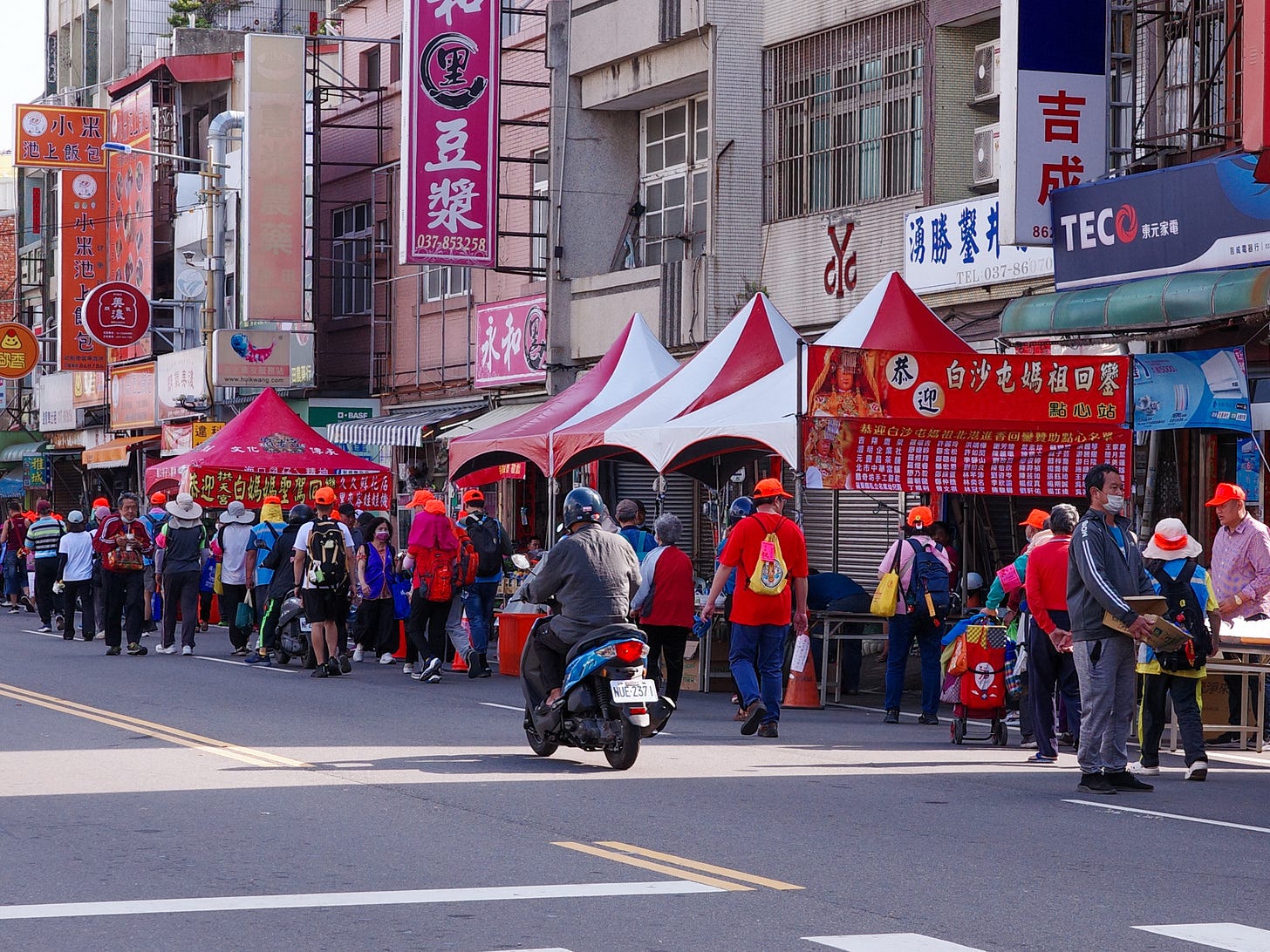

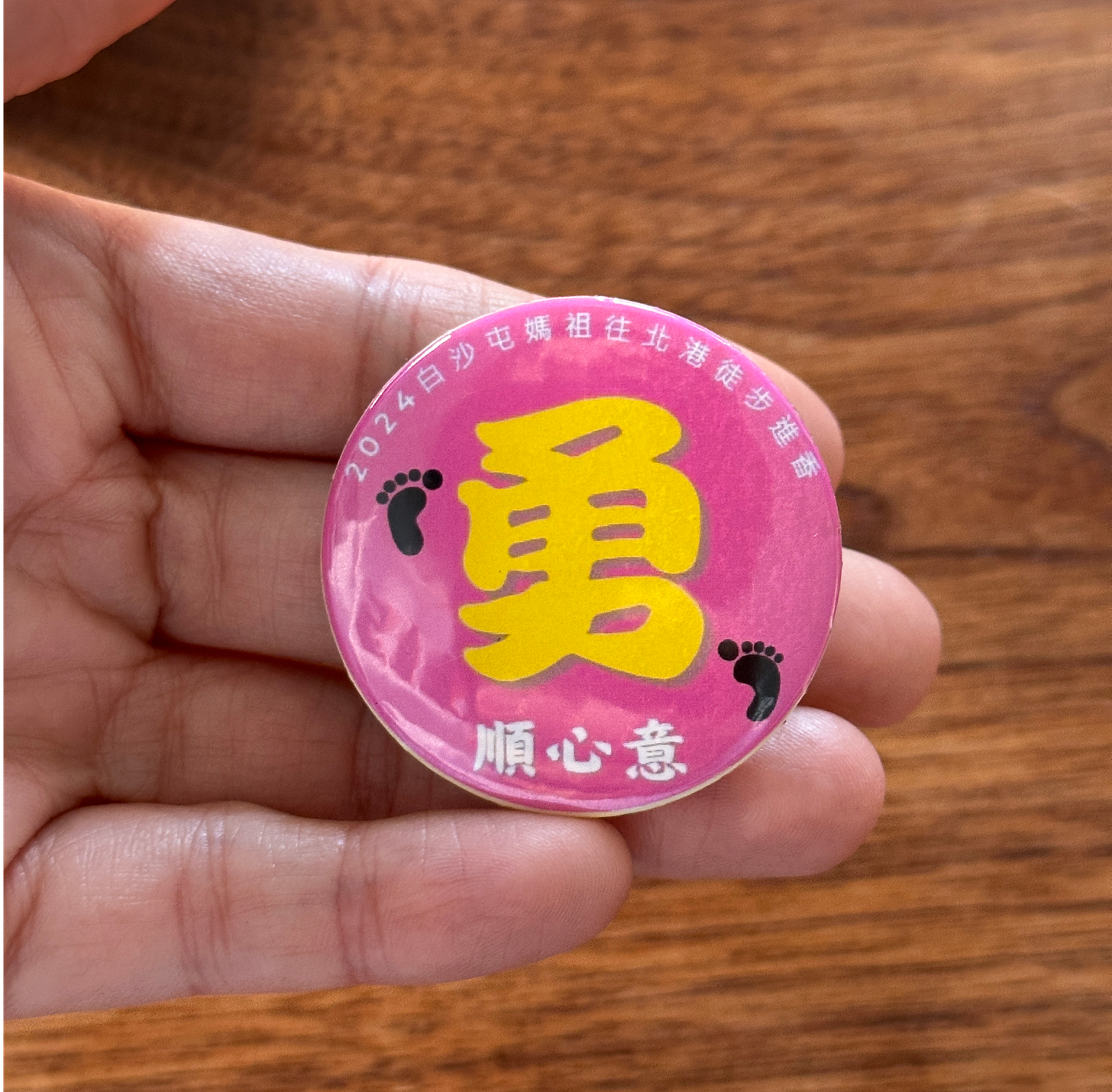

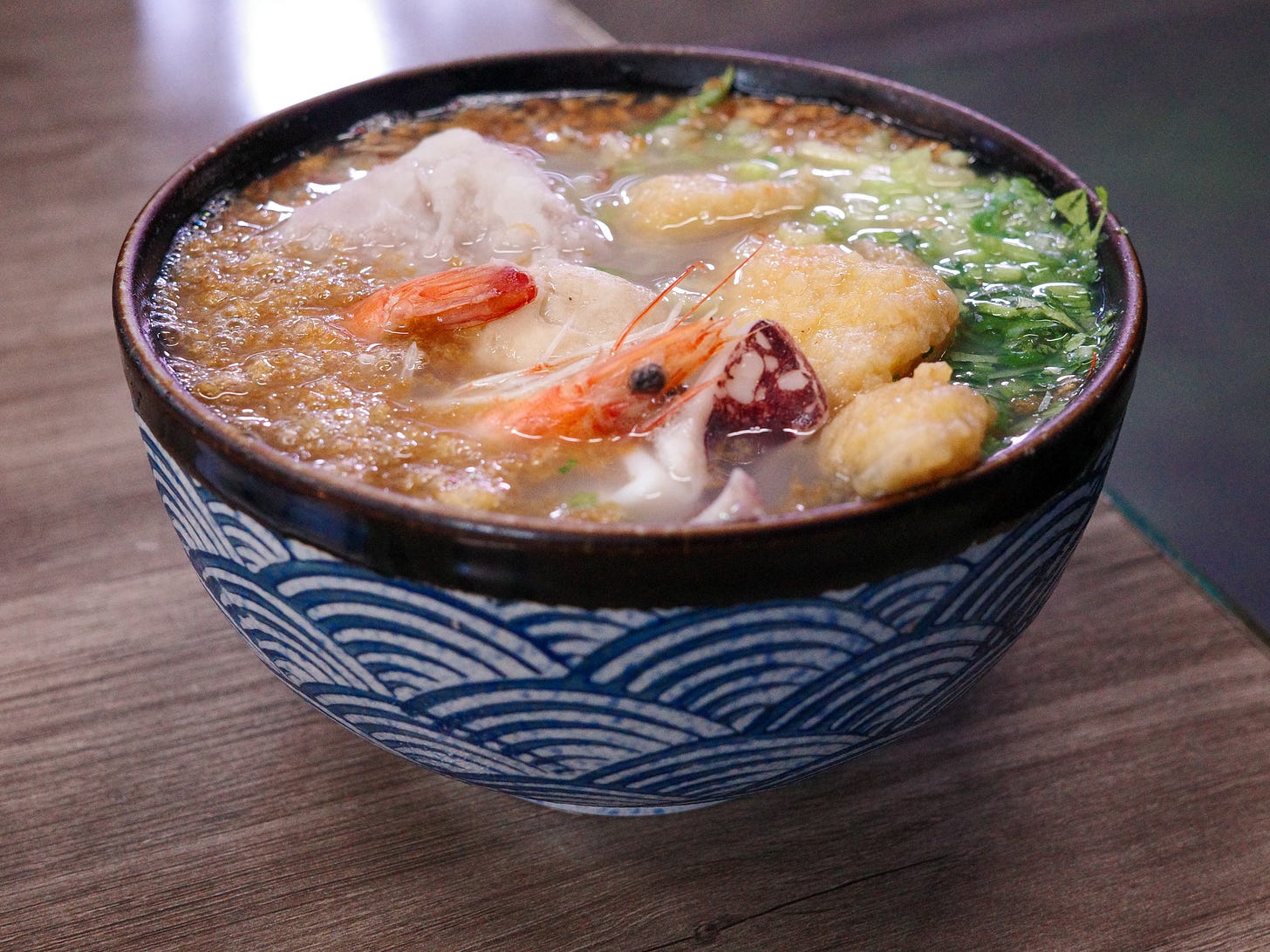
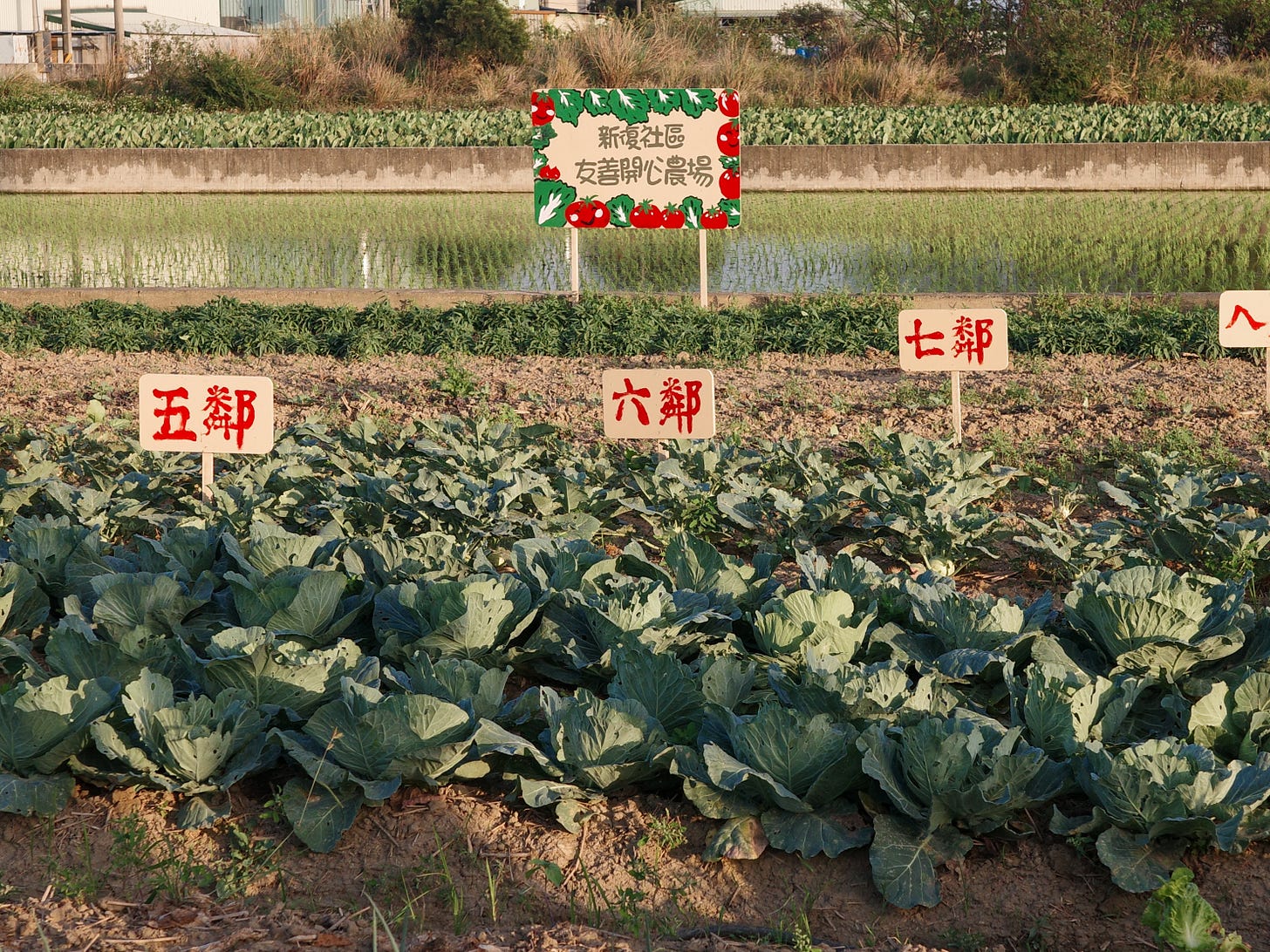
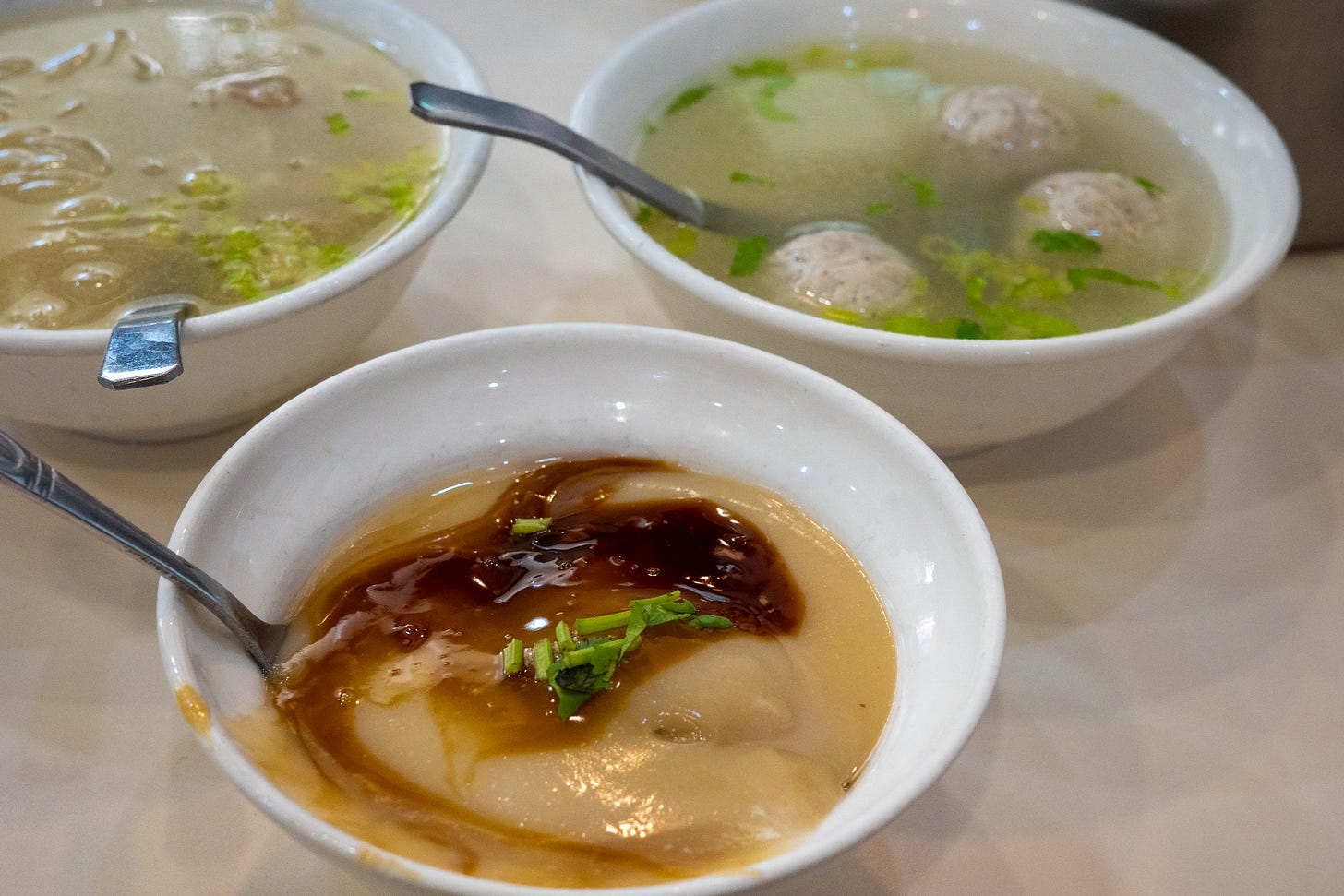
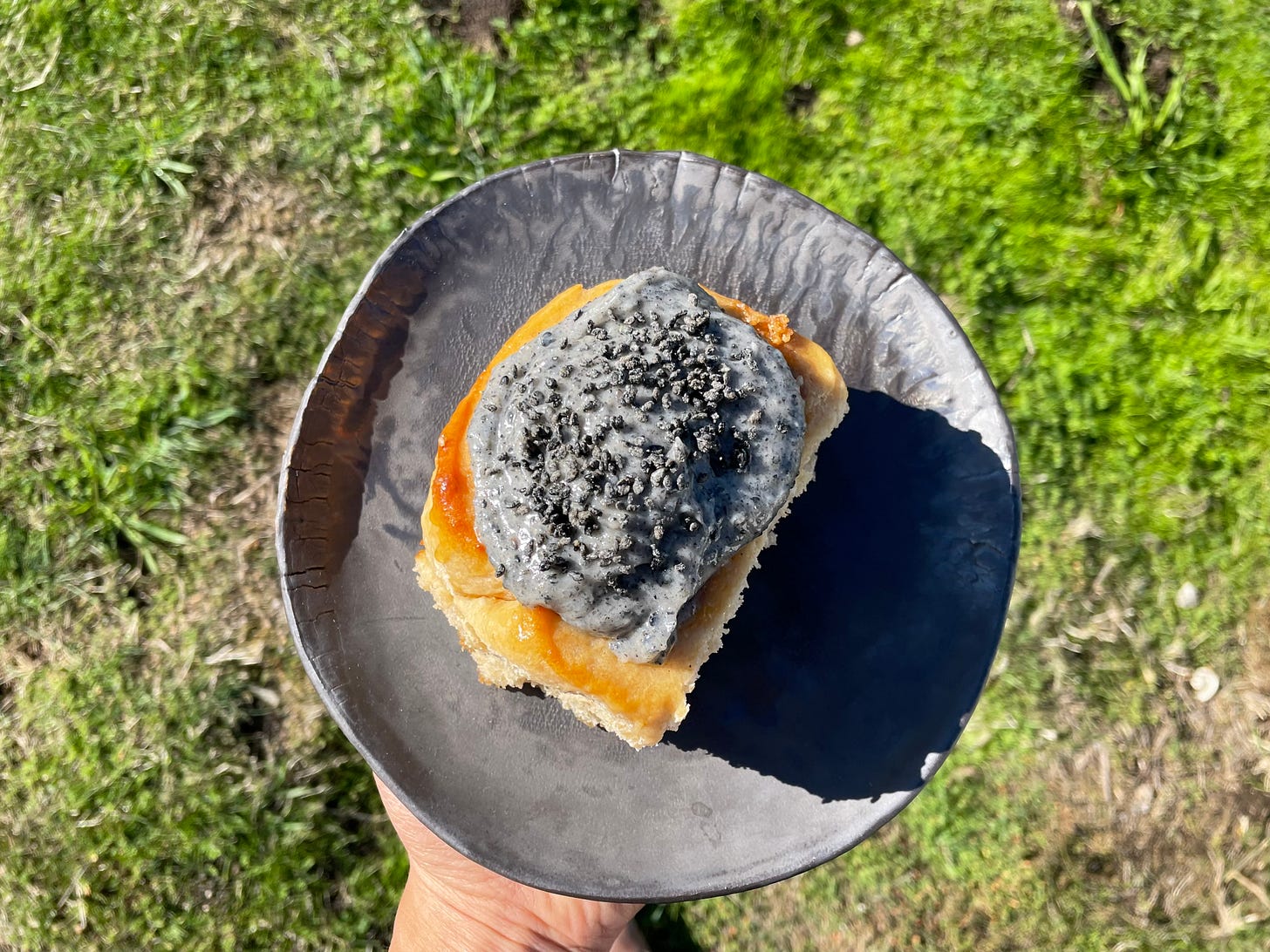
This really made me want to travel to Taiwan! Excellent photos and writing!
Loved this so much!